In number theory, two integers a and b are coprime, relatively prime or mutually prime if the only positive integer that is a divisor of both of them is 1. Consequently, any prime number that divides a does not divide b, and vice versa. This is equivalent to their greatest common divisor (GCD) being 1. One says also ais prime tob or ais coprime withb.
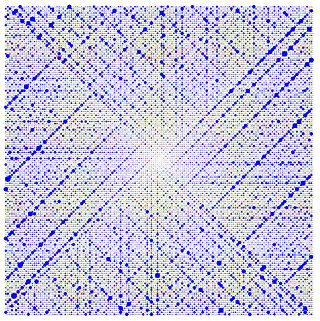
Number theory is a branch of pure mathematics devoted primarily to the study of the integers and arithmetic functions. German mathematician Carl Friedrich Gauss (1777–1855) said, "Mathematics is the queen of the sciences—and number theory is the queen of mathematics." Number theorists study prime numbers as well as the properties of mathematical objects constructed from integers, or defined as generalizations of the integers.

A prime number is a natural number greater than 1 that is not a product of two smaller natural numbers. A natural number greater than 1 that is not prime is called a composite number. For example, 5 is prime because the only ways of writing it as a product, 1 × 5 or 5 × 1, involve 5 itself. However, 4 is composite because it is a product (2 × 2) in which both numbers are smaller than 4. Primes are central in number theory because of the fundamental theorem of arithmetic: every natural number greater than 1 is either a prime itself or can be factorized as a product of primes that is unique up to their order.
The Riemann hypothesis is one of the most important conjectures in mathematics. It is a statement about the zeros of the Riemann zeta function. Various geometrical and arithmetical objects can be described by so-called global L-functions, which are formally similar to the Riemann zeta-function. One can then ask the same question about the zeros of these L-functions, yielding various generalizations of the Riemann hypothesis. Many mathematicians believe these generalizations of the Riemann hypothesis to be true. The only cases of these conjectures which have been proven occur in the algebraic function field case.
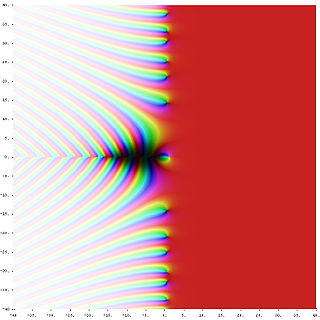
In mathematics, analytic number theory is a branch of number theory that uses methods from mathematical analysis to solve problems about the integers. It is often said to have begun with Peter Gustav Lejeune Dirichlet's 1837 introduction of Dirichlet L-functions to give the first proof of Dirichlet's theorem on arithmetic progressions. It is well known for its results on prime numbers and additive number theory.
In number theory, given a positive integer n and an integer a coprime to n, the multiplicative order of a modulo n is the smallest positive integer k such that .
In mathematics, a Dirichlet L-series is a function of the form
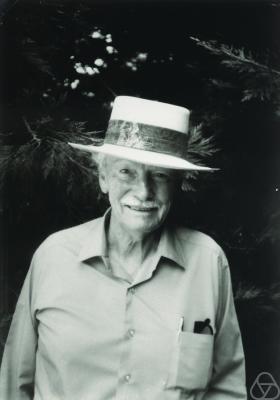
Ivan Morton Niven was a Canadian-American mathematician, specializing in number theory and known for his work on Waring's problem. He worked for many years as a professor at the University of Oregon, and was president of the Mathematical Association of America. He was the author of several books on mathematics.
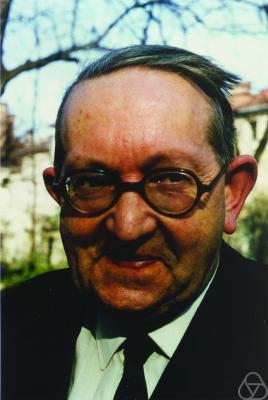
Harold Davenport FRS was an English mathematician, known for his extensive work in number theory.
The large sieve is a method in analytic number theory. It is a type of sieve where up to half of all residue classes of numbers are removed, as opposed to small sieves such as the Selberg sieve wherein only a few residue classes are removed. The method has been further heightened by the larger sieve which removes arbitrarily many residue classes.
In mathematics, a character sum is a sum of values of a Dirichlet character χ moduloN, taken over a given range of values of n. Such sums are basic in a number of questions, for example in the distribution of quadratic residues, and in particular in the classical question of finding an upper bound for the least quadratic non-residue moduloN. Character sums are often closely linked to exponential sums by the Gauss sums.
In algebraic number theory, the prime ideal theorem is the number field generalization of the prime number theorem. It provides an asymptotic formula for counting the number of prime ideals of a number field K, with norm at most X.
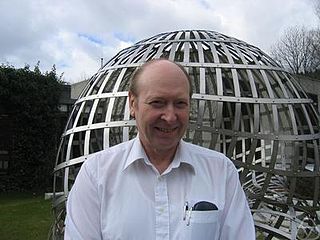
Robert Charles "Bob" Vaughan FRS is a British mathematician, working in the field of analytic number theory.
The Wiener–Ikehara theorem is a Tauberian theorem introduced by Shikao Ikehara (1931). It follows from Wiener's Tauberian theorem, and can be used to prove the prime number theorem.

Henryk Iwaniec is a Polish-American mathematician, and since 1987 a professor at Rutgers University.
Multiplicative number theory is a subfield of analytic number theory that deals with prime numbers and with factorization and divisors. The focus is usually on developing approximate formulas for counting these objects in various contexts. The prime number theorem is a key result in this subject. The Mathematics Subject Classification for multiplicative number theory is 11Nxx.

In mathematics, the Riemann hypothesis is the conjecture that the Riemann zeta function has its zeros only at the negative even integers and complex numbers with real part 1/2. Many consider it to be the most important unsolved problem in pure mathematics. It is of great interest in number theory because it implies results about the distribution of prime numbers. It was proposed by Bernhard Riemann (1859), after whom it is named.
Harold Mortimer Edwards, Jr. was an American mathematician working in number theory, algebra, and the history and philosophy of mathematics.
Adam Harper is a mathematician specialising in number theory, particularly in analytic, combinatorial and probabilistic number theory, and serving as Assistant Professor with University of Warwick, England. Harper was awarded the SASTRA Ramanujan Prize in 2019 "for several outstanding contributions to analytic and probabilistic number theory." This annual prize is awarded for outstanding contributions by individuals not exceeding the age of 32 in areas of mathematics influenced by Srinivasa Ramanujan. The age limit has been set at 32 because Ramanujan died at the age of 32 years.







